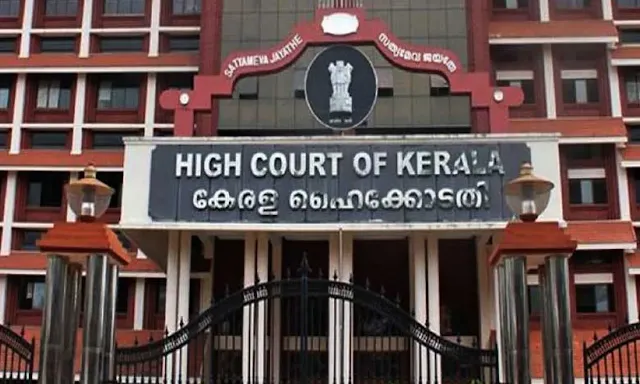Public vs. Private Sphere: Disparities in Women's Empowerment
The Court highlighted a significant disparity between women's empowerment in public and private spheres within Kerala. Historically, women in the state have achieved considerable progress in public domains, actively participating in movements against caste and religious oppression. However, this advancement does not seamlessly extend into private spaces, such as homes and religious practices. The resistance to the Sabarimala verdict, particularly by women, illustrates the limited empowerment in intimate areas of life, where traditional beliefs and practices continue to exert substantial influence.
The Supreme Court's 2018 Sabarimala Verdict
In 2018, the Supreme Court delivered a landmark 4:1 majority judgment permitting women of all age groups to enter the Sabarimala temple, thereby overturning a centuries-old tradition that barred women aged 10 to 50 from worshiping at the shrine. The Court held that devotion cannot be subjected to gender discrimination, emphasizing that religious practices founded on patriarchy should not override principles of equality and individual dignity. Justice Indu Malhotra, the sole dissenting judge, contended that matters of deep religious sentiment should not be interfered with by the judiciary.
Historical Context of the Sabarimala Issue
The debate over women's entry into Sabarimala is not a recent development. In 1991, the Kerala High Court upheld the ban on women aged 10 to 50 entering the temple, stating that the restriction was in accordance with long-standing traditions and did not violate constitutional principles. The Court concluded that the prohibition was not discriminatory under Articles 15, 25, and 26 of the Constitution, as it was not a class-based exclusion but pertained to a specific age group of women.
Implications for Kerala's Feminist Movement
The Kerala High Court's recent observations bring to light the complexities within the state's feminist movement. While women have made significant strides in public arenas, their opposition to the Sabarimala verdict suggests an internal conflict when it comes to challenging entrenched private and religious norms. This dichotomy indicates that true empowerment necessitates addressing inequalities not only in public life but also within the private and religious spheres, where traditional practices often remain unchallenged.
Conclusion
The discourse surrounding the Sabarimala verdict and the subsequent reactions from various segments of society, especially women, reflect the multifaceted nature of the feminist movement in Kerala. The Kerala High Court's remarks serve as a catalyst for introspection, urging a more holistic approach to women's empowerment that encompasses both public achievements and the challenging of private, culturally ingrained practices.










0 Comments
Thank you for your response. It will help us to improve in the future.